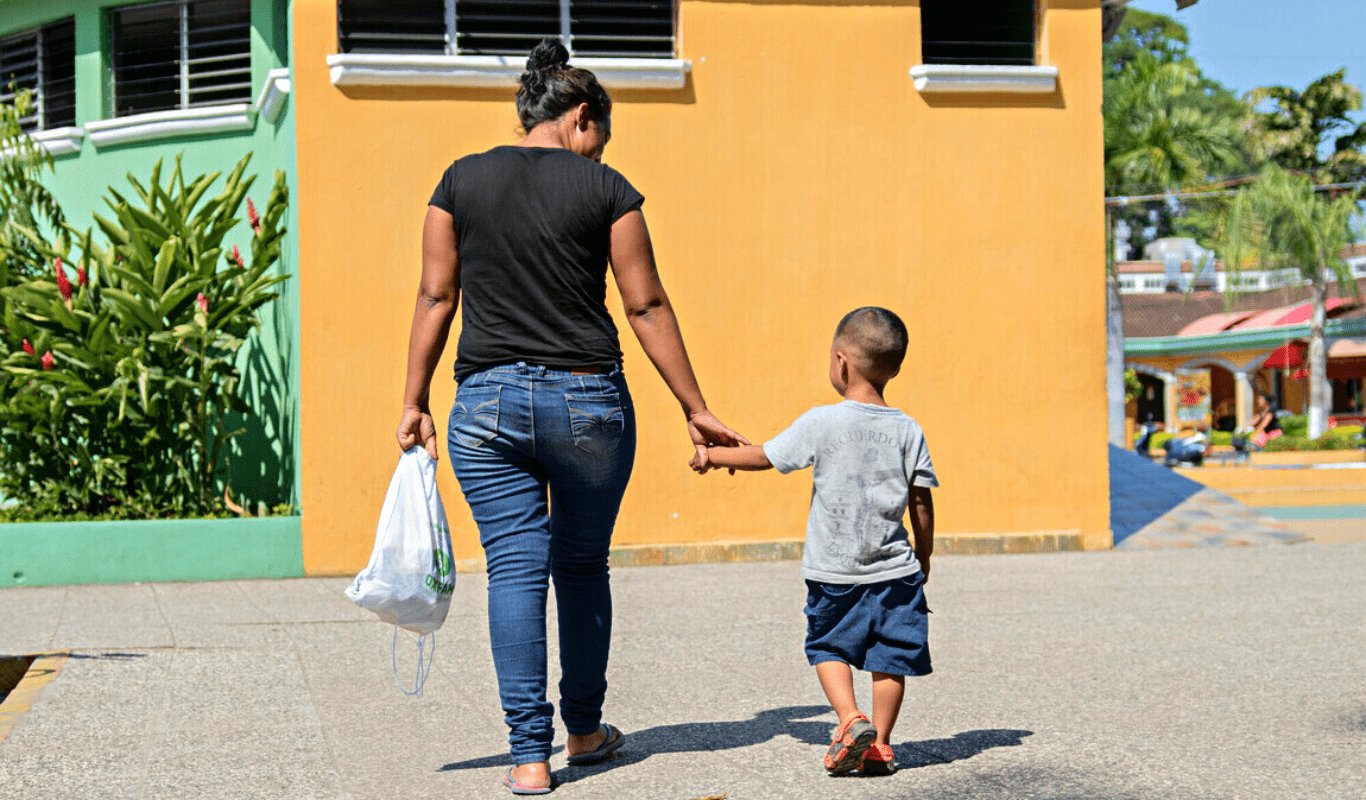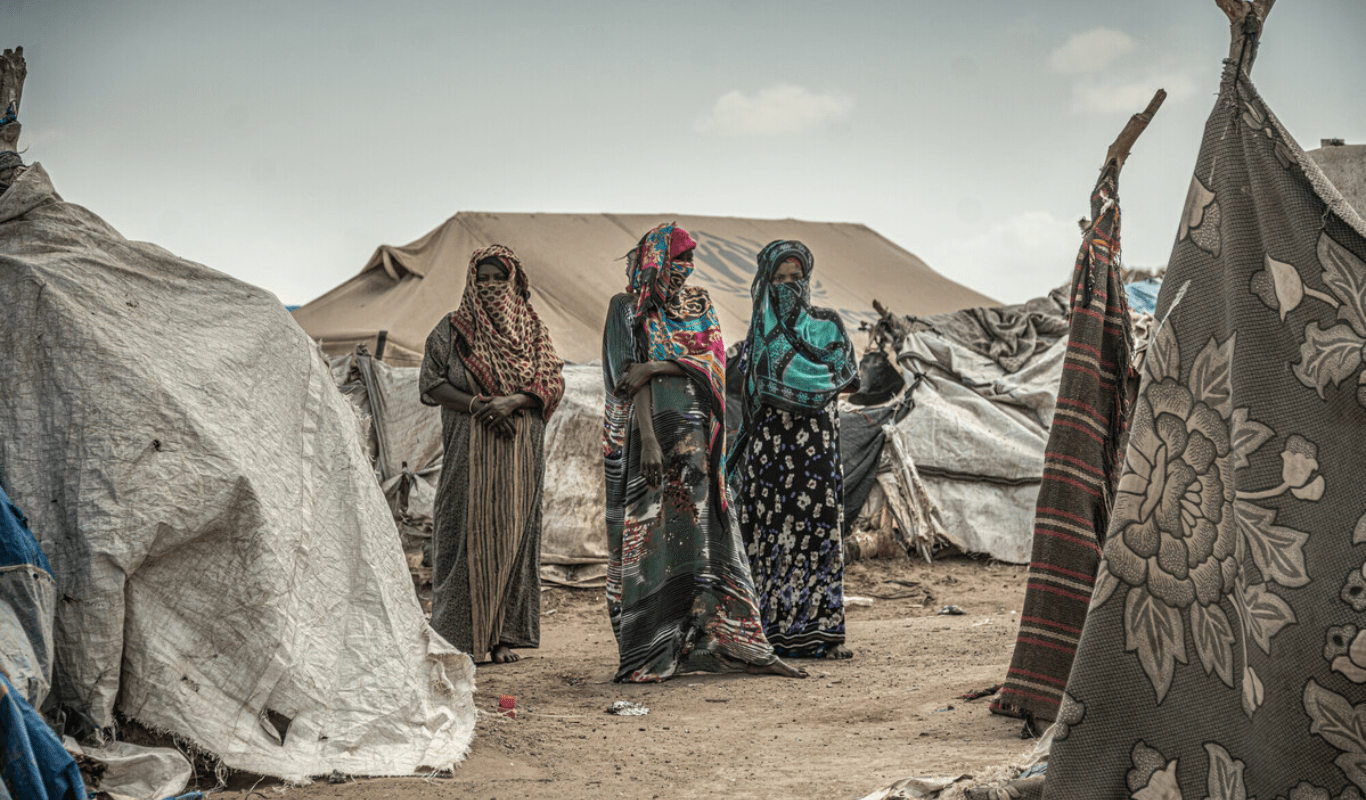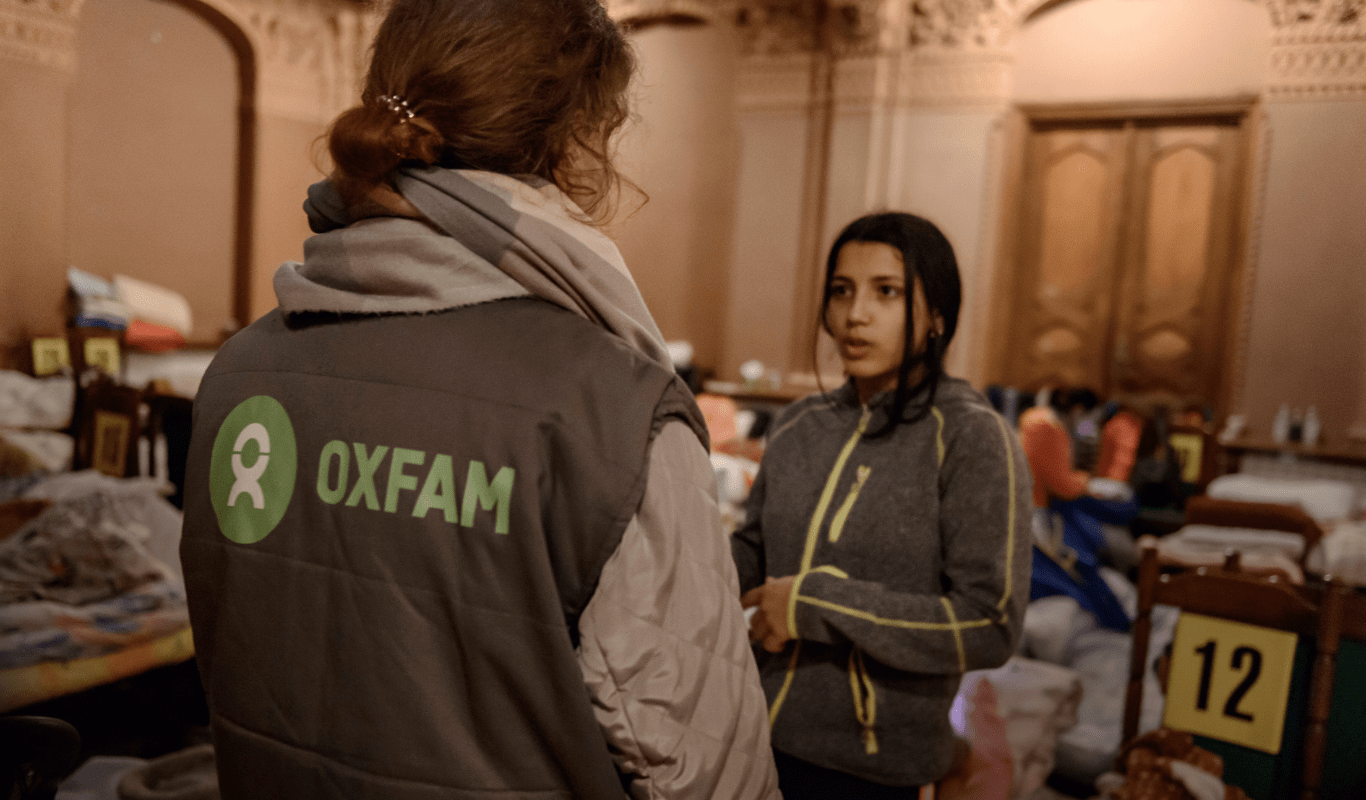Who is a Refugee? Frequently Asked Questions About Forced Migration
We're living at a time of unprecedented global displacement. The United Nations High Commissioner for Refugees (UNHCR) reports that conflict, violence, the climate crisis, and economic disparities, have forced a staggering 100 million people to flee their homes and take dangerous journeys in search of safety. It's almost the equivalent of the combined populations of Canada and the United Kingdom.
Eight Things You Should Know About Forced Migration
If ongoing conflicts remain unresolved and the risks of new ones erupting aren't reined in, and if the climate crisis isn't tackled with the urgency it deserves, the 21st century will be defined by the forced displacement of millions of people who increasingly face dire options to seek safety and live with dignity.
There's a lot of misinformation surrounding refugees and forced displacement. So, we're setting the record straight with the following facts.
1. Who is a Refugee?
Refugees are people who have fled war, violence, conflict or persecution and have crossed an international border to find safety in another country. They're unable to return home unless and until conditions in their countries of origin are safe for them again.
The 1951 Refugee Convention is the cornerstone of international refugee law. It defines a refugee as:
"Someone who is unable or unwilling to return to their country of origin owing to a well-founded fear of being persecuted for reasons of race, religion, nationality, membership of a particular social group, or political opinion."
This Convention also sets out the obligations of States towards persons recognized as refugees. Canada has been a party to this Convention since 1969.
2. How Many Refugees are There Worldwide?
The UN reports there are 27.1 million refugees across the world – around half of them are under 18.
The total number of forcibly displaced people worldwide is 100 million — the UN says this is the highest number on record since World War II.
This figure includes not only refugees but also asylum-seekers and people displaced inside their own countries.

3. Who Is an Asylum Seeker?
An asylum seeker is someone who is also seeking international protection from dangers in their home country, but whose claim for refugee status hasn't been determined legally.
Asylum seekers must apply for protection in the country of destination —meaning they must arrive at or cross a border in order to apply. Then they must be able to prove to authorities there that they meet the criteria to be covered by refugee protections.
While not every asylum-seeker will ultimately be recognized as a refugee, an asylum-seeker may not be sent back to their country of origin pending a final determination.
4. Who Is an Internally Displaced Person?
People forced to flee don't always cross borders. Those who left their homes but remained in their countries are internally displaced people (IDP).
By the end of 2021, 53 million people around the world had been displaced by conflict in their own countries.
Some of the largest IDP populations as reported by the UN are in the following countries:
New Figures to Consider
- This year, seven million people were internally displaced by the war in Ukraine in just four months.
- Also, in 2021 alone, the UN reports that around 23 million people were displaced within their countries by extreme weather events like floods, storms and droughts.

5. Where Do Most Refugees Come From?
By the end of 2021, there were already 89 million forcibly displaced people globally before the war in Ukraine — this is twice as many as a decade ago.
The UN reports most people fleeing across borders come from these countries:
Latest Development
The war in Ukraine has been a drastic addition to this list. Since February, it's estimated that 5 million people have fled the country.
6. Where Do Most Refugees Go?
Some countries have opened their borders to people who are forced to flee. The countries that host the largest number of refugees and displaced people globally, based on data from the UN, are:

7. How is Oxfam Supporting Refugees and Internally Displaced People?
Oxfam strives to help displaced people with their immediate basic needs for clean water, shelter, and food. But we also advocate for their long-term well-being in their nations and the countries that host them.
- Currently, we're responding to the war in Ukraine and the hunger crisis in the Horn of Africa. In Europe, we're supporting partner organizations to provide vulnerable Ukrainian families with essential items like food, water, warm clothing, hygiene equipment and legal support. We're working with local humanitarian groups in Ethiopia, South Sudan, and Somalia to deliver emergency assistance and address the underlying causes of hunger. Our long-term, sustainable support includes training on climate-resistant agricultural production to better prepare farmers for the future.
- Each year, extreme climate events displace millions worldwide. Before Typhoon Rai hit the Philippines in late 2021, Oxfam provided 2,600 families with emergency cash vouchers to prepare for this natural disaster by buying food, water, and other essential goods. This type of financial support places power and decision-making into the hands of people usually hit the hardest — low-income families, elderly adults, single women with children, and people with disabilities — making it easier for people to bounce back, return to their homes, and rebuild their homes and livelihoods.
- Oxfam has been in Yemen for over 30 years, working with government authorities and civil society organizations to improve water and sanitation services. Since 2021, we've provided more than 125,000 vulnerable people safe drinking water. Because long-term sustainability is the backbone of our work, we're piloting three solar pump drinking water systems, reaching more than 20,000 people.
- Oxfam has reached over two million people affected by the Syria crisis —refugees in Lebanon and Jordan and communities inside Syria. We have supported nearly a million refugees in Jordan and Lebanon with clean drinking water, cash or relief supplies such as blankets, stoves, and vouchers for hygiene products.
- We have supported nearly 260,000 Rohingya refugees in Bangladesh by providing clean drinking water, portable toilets and efficient sanitation facilities. We're working with the Bangladeshi government and other aid agencies to ensure refugee camps meet humanitarian standards for aid delivery.
- We also engage with allies and all levels of government to find sustainable solutions to the conflict and violence that ruin so many lives. We push wealthy countries to do their fair share by responding to the climate crisis and addressing refugees' needs. In Canada and abroad, Oxfam advocates for public policies protecting displaced families' rights as they strive to rebuild their lives and guarantee a better future for their children.
8. How Can I Support Displaced People?
One hundred million displaced people aren't just a number. It's a hundred million stories of families, friends, loved ones, peers and neighbours whose lives have been forever altered.
Forced migration isn't a refugee crisis. It's a political crisis. Our leaders have failed to prioritize peace, the environment, and our collective well-being. Encourage your leaders to do more for displaced people. Ask them to advance public policies that protect their rights as displaced people as they strive to rebuild their lives in Canada to guarantee a better future for their children.
This year has seen an outpour of generosity for refugees from Ukraine who have found safety in neighbouring countries across Europe and beyond, for instance, in Canada. This shared responsibility and kindness should be extended to all people fleeing persecution and violence.
Oxfam Canada recognizes, welcomes and supports all refugees on World Refugee Day and every day. Support refugees and internally displaced people by supporting our work. Donate to our emergency response efforts. Start a fundraiser or join our campaigns.
Elena Sosa Lerín is a knowledge translation and communications officer at Oxfam Canada.

